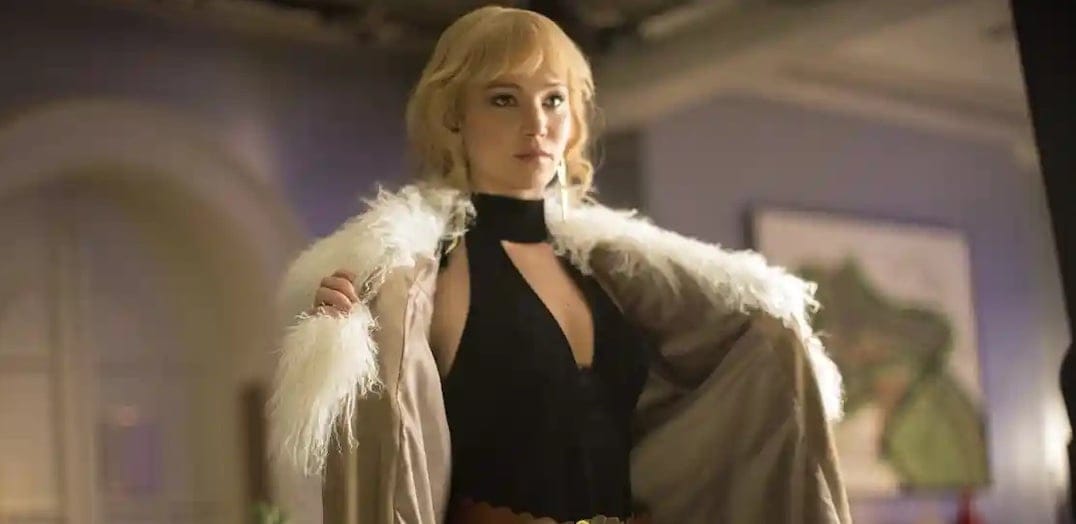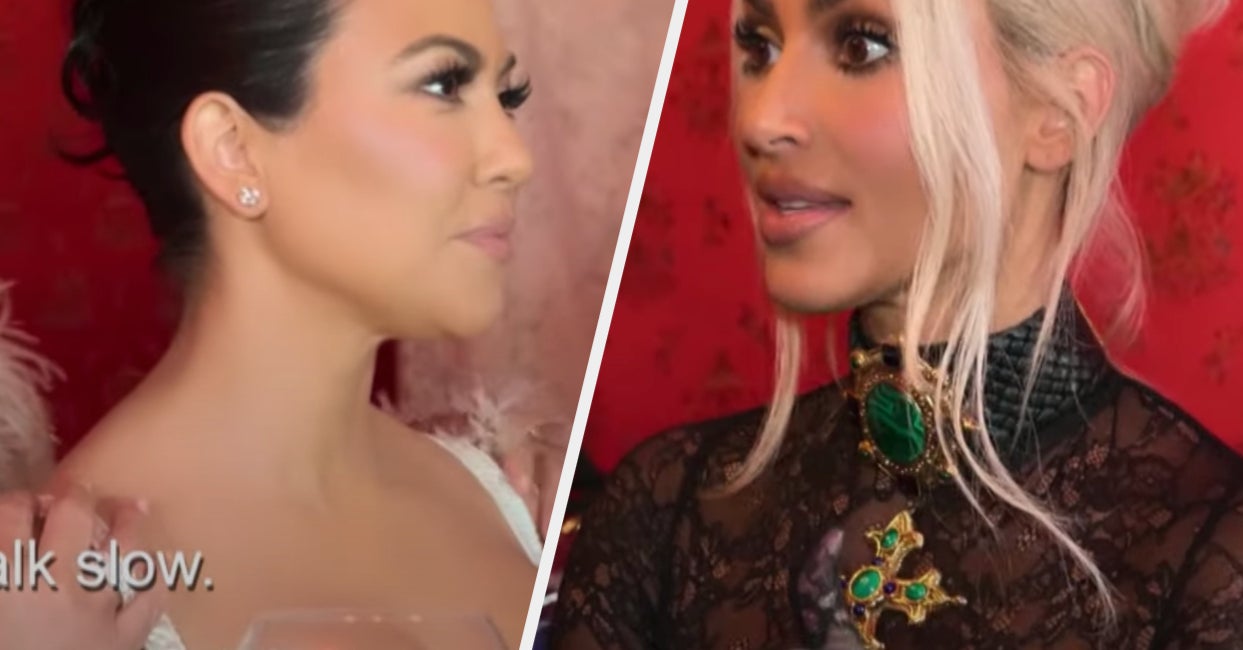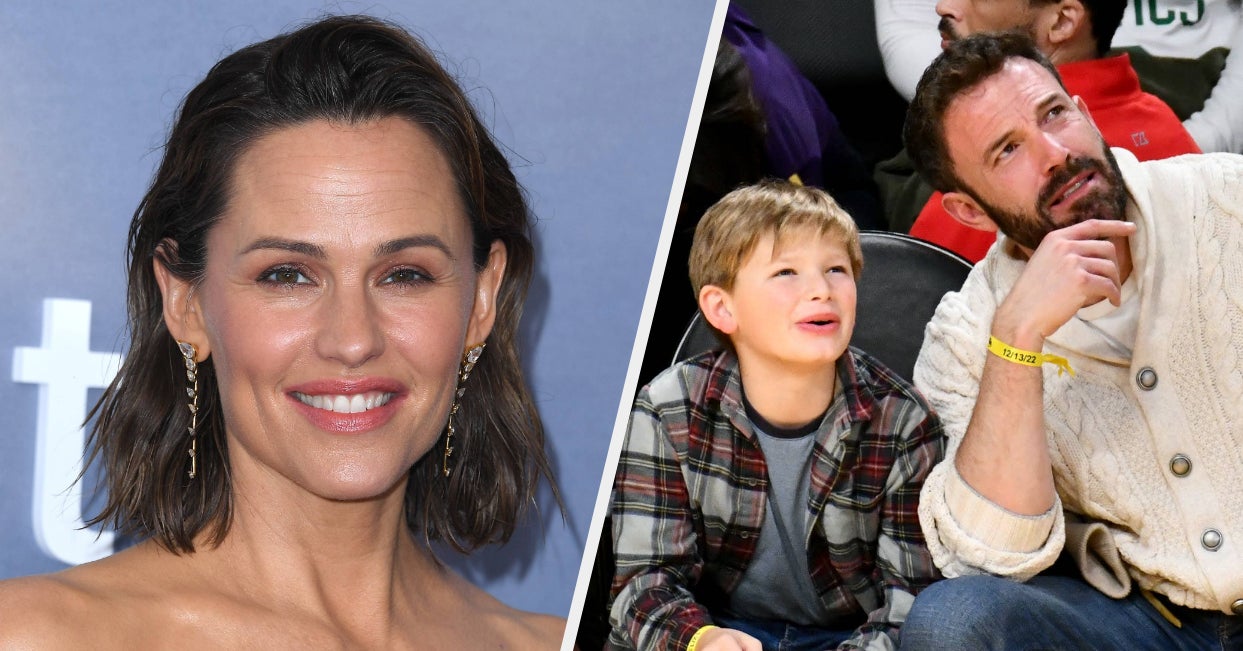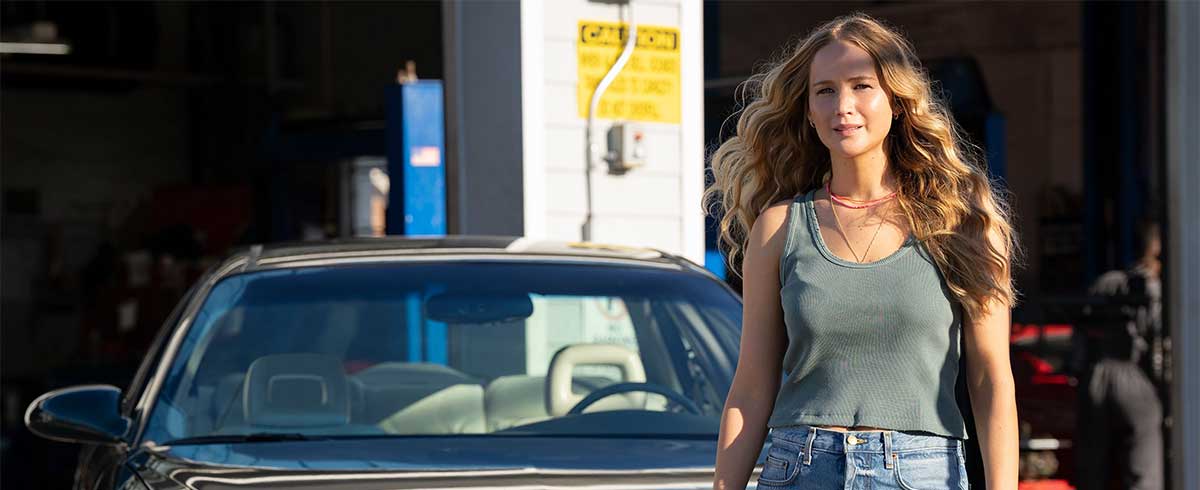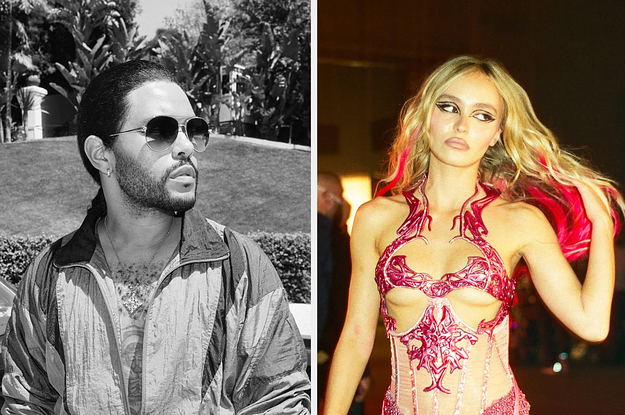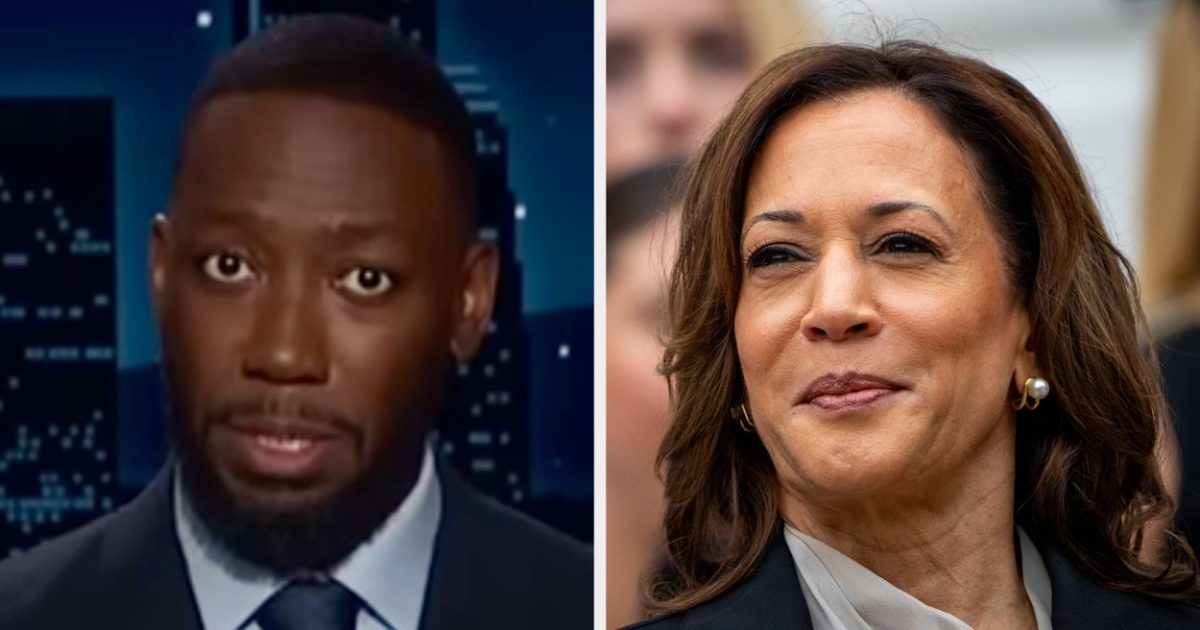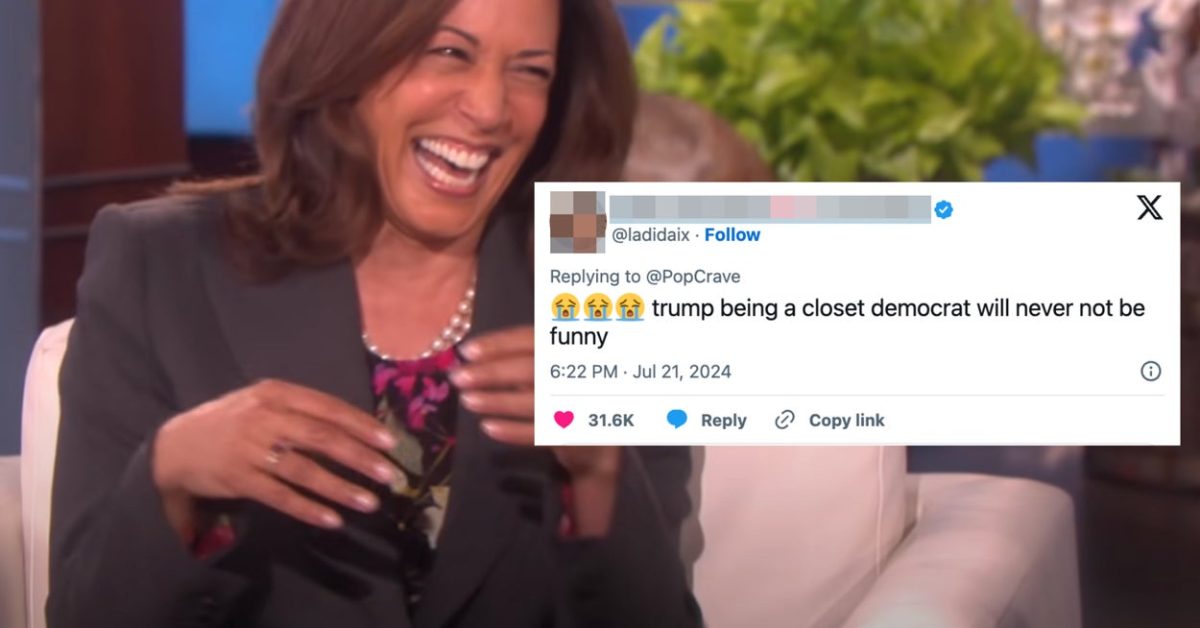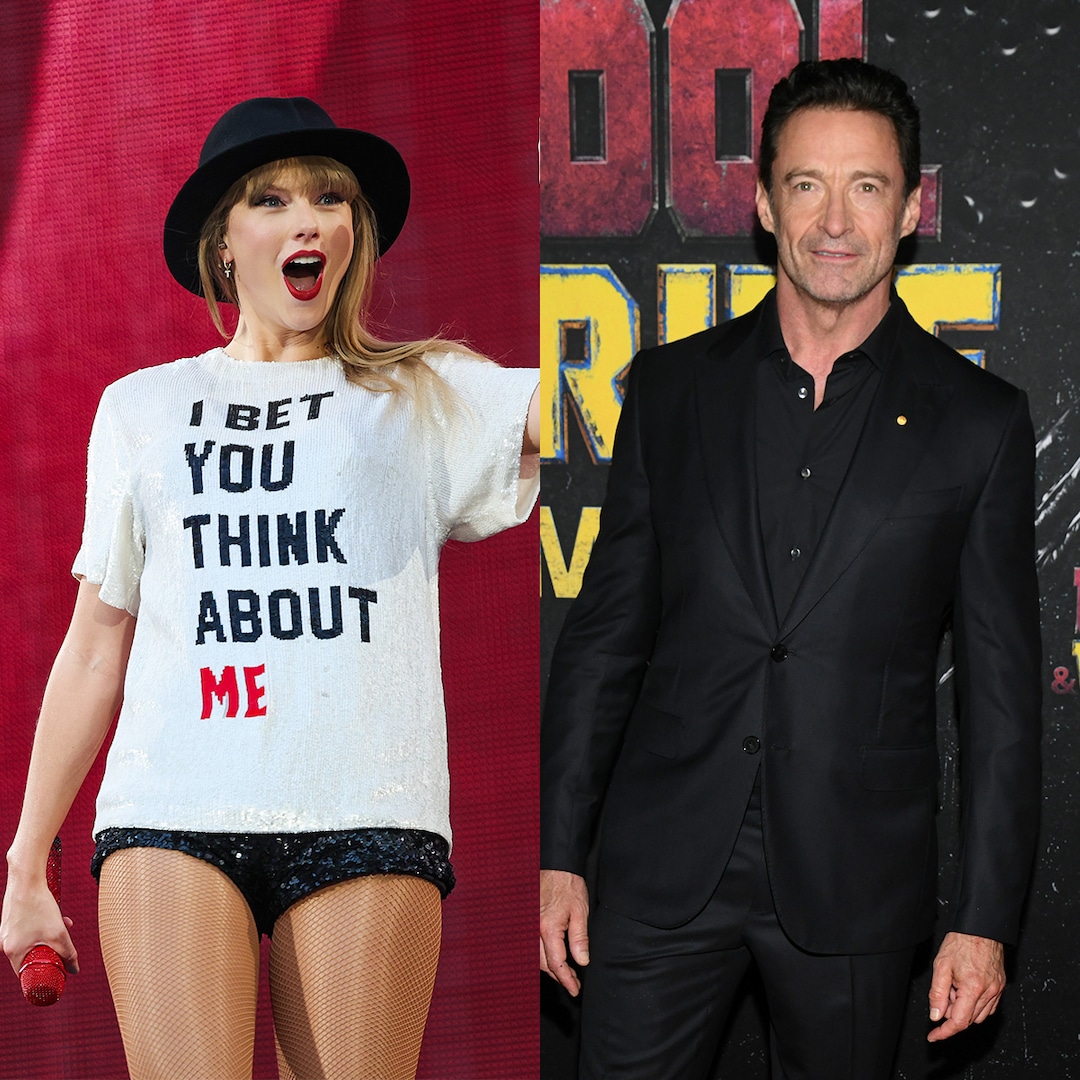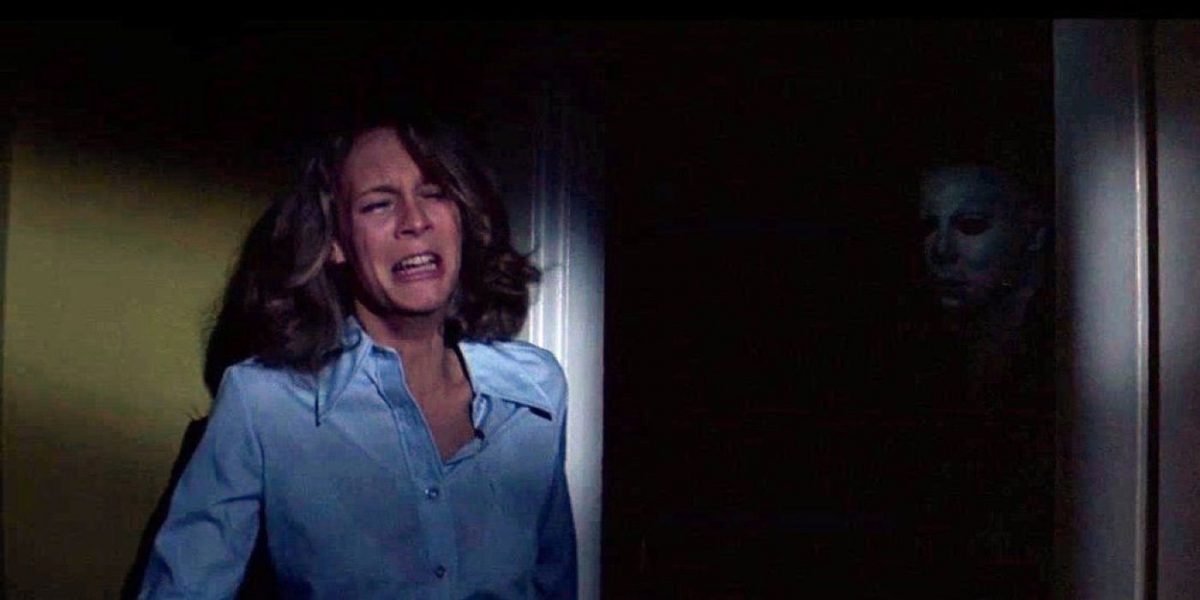
The 1978 Original Doesn’t Quite Live Up To Its Legacy
Dec 15, 2022
Halloween (1978) has a perfect credits sequence for a film centered around that holiday. It also has a chilling first scene, as the jack-o’-lantern segues into a first-person perspective of someone spying on Judith Myers and her boyfriend on Halloween night. Film students eager for a lesson in suspense need look no further. The length of this voyeuristic shot is almost unbearable. Each reveal – the child’s costumed hand, the knife, the mask over the “eyes” of the camera, and the fact that the person about to kill Judith is her own little brother – amps up the anticipation of the terror to come.
And then, during her death scene, Sandy Johnson as Judith delivered some of the most unconvincing screams uttered in a horror movie of this reputation, and I started to crack up. Therein lies the issue with Halloween: its moments of true horror are undeniably well-crafted, but they’re too easily undermined by what else is in the film.
COLLIDER VIDEO OF THE DAY
Some disclaimers are in order: I’ve had a grudge against Halloween for years without ever having seen it. There are horror fans who delight in every one of its subgenres, and there are others who are more finicky. Except for some of the Nightmare on Elm Street series, I’ve never been able to enjoy slashers. The gorier ones revolt me, the more thinly-plotted ones bore me, and the concept of leading with a body count over theme, atmosphere, or speculative elements doesn’t appeal. Halloween’s concept for a motiveless killer with no face, voice, or personality might work once, but it’s not a very compelling character or a strong foundation for a series, as chance encounters with the sequels on TV during Halloween season over the years proved more than once. That Christmas’s only real competition for best holiday had to be so tied to a movie series like that always got my hackles up.
But the granddaddy of slasher films is not its sequels or derivatives. Having finally seen it, I see a lot to recommend. But I don’t see a classic.
Three plot threads run through Halloween. There’s the trio of girls, Laurie Strode (Jamie Lee Curtis) being the most prominently featured, who expect to pass Halloween night babysitting but slowly become aware of a menace in their midst. There’s the desperate but largely futile efforts of Dr. Sam Loomis (Donald Pleasance) to make the authorities understand the danger Haddonfield, Illinois is about to find itself in. And then there’s the Shape himself, Michael Myers, all grown up and driven to recreate his Halloween killing spree with the girls.
Much of the latter story is handled, at least in the first half of the film, through more point-of-view camerawork, and it remains an effective technique. Paired with director John Carpenter’s evocative score, it gives Michael a potent presence without having to be seen too often. The threat of Michael is reinforced by Loomis, whose haunted monologues and piecemeal discovery of his patient’s handiwork offer a way to escalate the stakes besides overt violence. Also helping are the fleeting glimpses that Laurie and her ward Tommy (Brian Andrews) catch of Myers – just enough to unsettle them for a moment, but not enough to prompt them into action until it’s almost too late.
RELATED: Let’s Celebrate the Synthesizer, Horror’s Unsung Hero
Almost independent of the Michael Myers material is everything to do with the girls and their babysitting duties. The dynamic between the strait-laced Laurie and her more cynical, scheming friend Annie (Nancy Loomis) is a lot of fun, and it’s tempting to imagine a teen comedy with the pair of them up to safer hijinks with their young charges. Frankly, it’s also tempting to imagine a version of Halloween where Annie was the heroine. She’s more charismatic and interesting on the first impression. But Curtis’ Laurie does have a grounded quality, and a sense of responsibility (not without humor), that serves her well. P. J. Soles as the slightly airheaded Lynda isn’t as convincing, but she is given the worst dialogue out of anyone in the cast, and a rather thankless role as the ditz who never sees her doom coming. She’s also another one who can’t quite sell her death scene.
So if all three storylines are good (for the most part), what’s getting in the way? Well, Halloween is often lauded for the way it builds tension; the music, voyeurism, and the fleeting glimpses of Michael promise the horror to come but delay the actual moment, building anticipation and dread within the audience. The problem is that too much of these delaying tactics can work against their intended purpose. Michael takes just a little too long to actually do anything, even when his victims are completely vulnerable. And once night falls and Laurie and Annie start babysitting, they spend just a little too long going about their normal lives without any real hint that something’s amiss.
As a rule, the best horror films have “straight” characters with appealing personalities and lives worth living, lives that it would be – well, horrific to have ruined by whatever the horror is. When everyone’s already anguished and miserable, there’s nowhere for the story to go. But when it takes more than half of a 91-minute movie to have those two elements truly intersect, tension dissipates, and there’s space to question the logic of what’s on the screen. Why isn’t Michael taking advantage of opportunities like Annie being caught in the washroom, or when she leaves the door open? Why doesn’t Laurie at least mention to her friend’s cop father that a guy in mask has been watching her? Why does Loomis, who wanted such strident security measures ahead of Michael’s court date, reject calling in the police on spurious logic?
These sorts of gaps in reason happen in fiction all the time. I’ve paid them no mind or forgiven them in plenty of movies, some more poorly made than Halloween. But it helps when there’s a certain sweep of narrative currents denying you a chance to think too much when you’re engrossed in the story. Carpenter achieved such sweeps in films like The Fog or The Thing, and the original Nightmare on Elm Street achieved it and managed to more effectively interweave the lives of its poor kids with the nightmares Freddy Krueger brought to them. And I think it does help a film like Nightmare that its villain is a fully realized character, not a shape. Michael Myers isn’t a demon, a ghost, an alien, or a force of nature; he’s a guy. A horrible guy, but a guy, and even the worst (or the dullest) guys aren’t completely empty shells. Besides leaving room for logic to intrude, the long gaps between build-up and pay-off make it clear just how little there is to Michael as a character, and how weird it is that he’s still moving by picture’s end.
Image via Compass International Pictures
Perhaps this is too literal an interpretation. Producer and co-writer Debra Hill once described Michael Myers as the embodiment of evil, something that couldn’t die, and an expression of the ancient belief that the Halloween season was when souls return to menace the living world. That is a fine idea, but it just doesn’t come across on screen, not wholly. There’s some piece missing, some intangible element that would let Michael more believably embody pure evil and not just be a lunatic who’s invincible because…well, it’s scary that way.
On the other hand, John Carpenter once referred to Halloween as “true crass exploitation…full of cheap tricks like a haunted house at a fair…but when you come out, you love it.” And many do love Halloween. Upon seeing it, I can see why. The old grudge is gone. But I don’t think I’ll be visiting the slasher spook house over my preferred Gothic ones any time soon.
Rating: C+
Publisher: Source link
Lamorne Morris Thinks Kamala Harris Has This Advantage Over Donald Trump
Trump said that President Joe Biden, who dropped out of the race on Sunday while recovering from COVID-19, never really had the infection. “Really? Trump thinks Biden never had COVID?” Morris said on Monday. “You don’t pretend to have COVID to get out…
Jul 26, 2024
Khloe Kardashian Is Ranked No. 7 in the World for Aging Slowly
Khloe Kardashian's body is out for more than just revenge. In fact, the 40-year-old is one of the world's slowest agers—a revelation she learned after taking a blood test to determine her body's biological age compared to her calendar age.…
Jul 26, 2024
Reactions To Trump’s Kamala Harris Donation
Just as many white Americans used their Obama vote to excuse their internalized racism, Lauren Boebert seems to have adopted this same ideology, ignoring Trump's long record of racism against African Americans, Mexicans, Hispanics, Native Americans, Muslims, Jews, and immigrants, and discrimination against women and…
Jul 25, 2024
Hugh Jackman Reveals What an NFL Game With Taylor Swift Is Really Like
Hugh Jackman is happy to fill any blank space in Taylor Swift’s NFL game suite. In fact, the Deadpool & Wolverine star recently detailed his experience attending a Kansas City Chiefs game to root on Travis Kelce, alongside Ryan Reynolds,…
Jul 25, 2024
